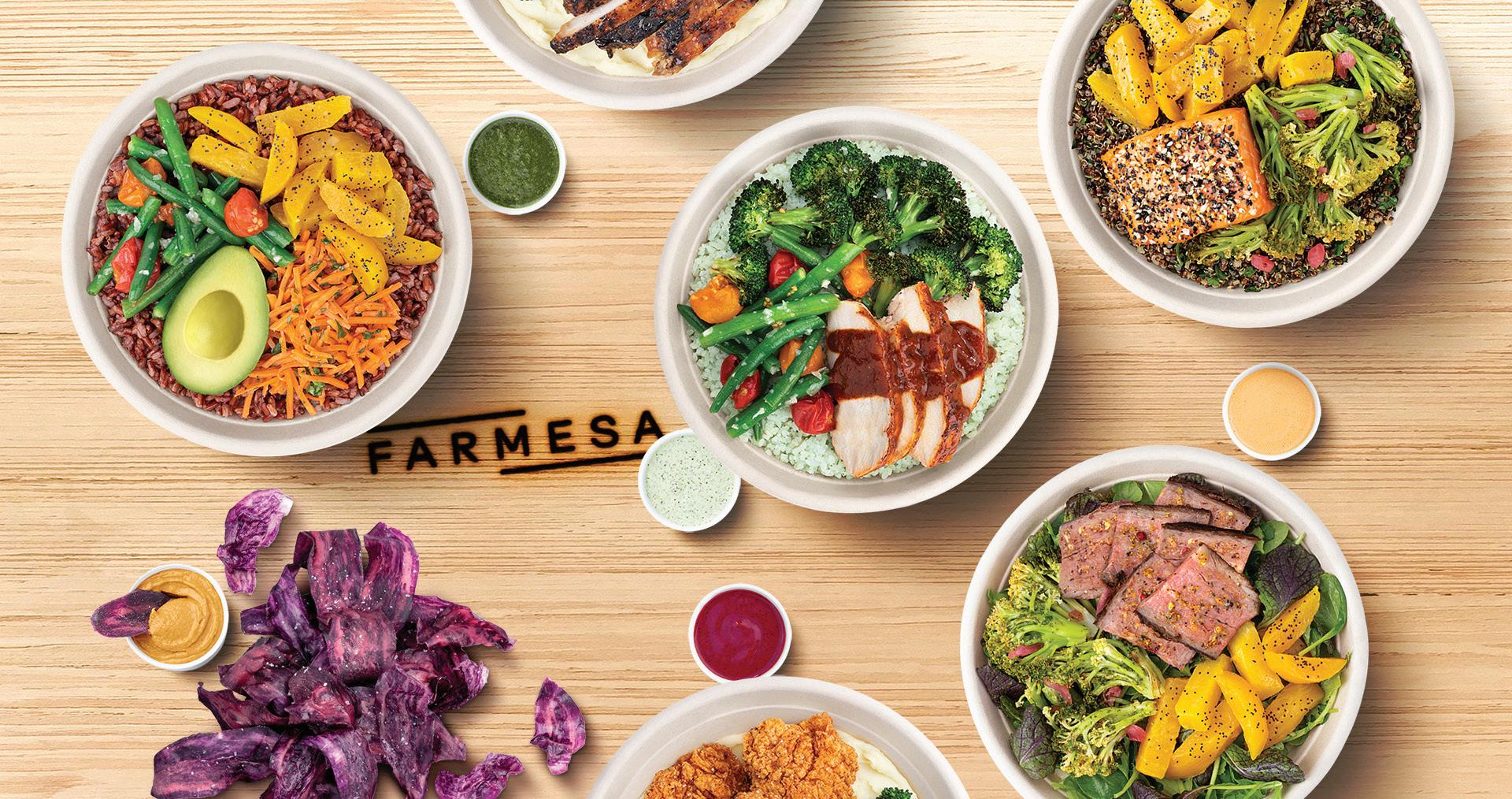
2 minute read
Chipotle develops new restaurant concept
By Rick Zambrano
Will bowl-forward concept Farmesa become a distraction?
Advertisement
For Chipotle, is the recent launch of Farmesa in Santa Monica a good move? It had been rumored for several weeks that Chipotle Mexican Grill would debut a new restaurant concept. What surprised some was that the prototype was somewhat similar to what was already out there.
Another sustainable, feel-good bowl concept? Dig, Sweetgreen and Panera Bread all menu warm bowls and follow sustainable animal welfare guidelines, with similar messaging around “food with integrity.” Sure, Chipotle executives have shown that they can manage a restaurant brand based on this premise and do it well, but how will they grow and nurture a brand so similar to other companies’ existing concepts?
The Third Street Promenade restaurant will offer bowls featuring a protein, accompanying greens or grain, two sides, a choice of five sauces, and a topping. As director of culinary innovation for Farmesa, James Beard Awardwinning chef Nate Appleman curated a menu that puts the spotlight on fresh fare with real, healthy ingredients, Chipotle announced. Bowl pricing runs from $11.95 to $16.95.
The good news is that if a similar concept is doing well, then there most likely is a market. “If you are a large successful brand with plenty of financial resources, and adequate R&D staff, there is nothing wrong with small and measured single new brand tests if there is nothing pressing in the home brand,” said John Gordon, a restaurant analyst and principal at Pacific Management Consulting Group. “It’s really about where the home brand is in terms of its lifecycle. It takes years to develop new brands.”
From an operational perspective, Chipotle is in a good position to grow this concept, and do it well, as it has a seasoned team of executives. In terms of the basics, the development team has picked a market that is close to Newport Beach HQ, and the food will most likely be sourced from the same farmers and vendors, giving Farmesa a leg up on the competition in terms of food pricing and product availability. It will be easier to create a framework in which the food provenance can follow Chipotle’s philosophy.
One store does not make a restaurant chain, but there is plenty of time to develop this concept before considering an expansion plan. Brian Niccol, chairman and CEO of Chipotle, noted, “Our New Ventures team, which was created in 2022, developed a unique restaurant concept that uses classic culinary techniques with flavorful ingredients in a fast casual setting that we’re excited to test and learn on before we determine a broader rollout strategy.”
Unlike concepts that don’t fit together, Chipotle’s Farmesa appears to align well with its current clean-food philosophy, although the typical customer may not appreciate the connection. To many consumers, Chipotle represents tasty food prepared quickly and conveniently. On the convenience side, in particular, the Newport Beach, Californiabased restaurant chain has done well to build a digital business that represents 37.4% of its food business revenue, as it did in its fourth quarter of 2022.
Industry observers will recall the Qdoba split from Jack in the Box, and how several other chains have not necessarily complemented one another. Wendy’s and Arby’s eventually split and have done better on their own.
Darden Restaurants, parent of Olive Garden, Seasons 52, and several other full-service restaurant chains, on the other hand, has shown it can nurture multiple brands on a grand scale. When it sold Red Lobster, the company indicated that the move was mainly to retire debt and improve shareholder equity through dividends. What’s more, Chipotle used to be owned by McDonald’s before it was divested in 2006, along with Donatos Pizza and Boston Market.
Given Chipotle’s size, the company will do well with resourcing the new Farmesa concept, as well as staffing it, observed Gordon. Here are some crucial steps that also offer up lessons for other restaurant companies taking the same trajectory:
1) Do the market research to see if conceptually there is a market
2) Build the product so that it is profitable
3) Field test the concept
4) Market test it









